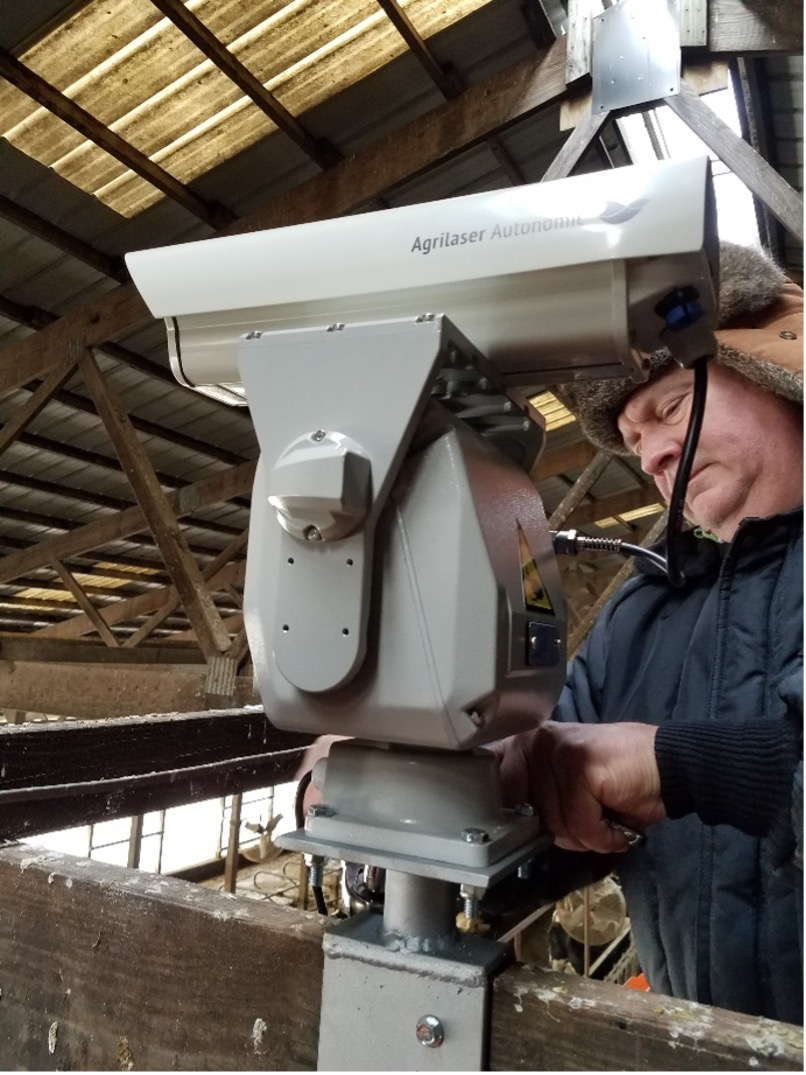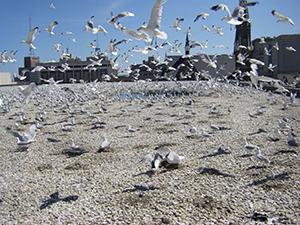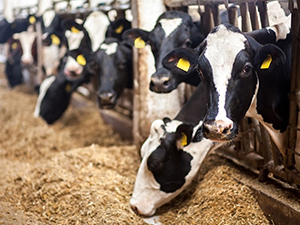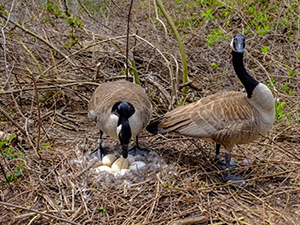Keep Your Dairy Farm – and Your Livestock Feed – Free of Migratory Birds This Winter
Oct 17, 2022
Fall migration is an important time of year when many avian species undertake long journeys to find a new source of food before winter sets in.
For some species, however, the trip can be very short. If a reliable source of winter dining is nearby, they will take advantage of it for as long as the food holds out.
Unfortunately for many farmers, that migratory path leads straight to their barns, where a ready supply of livestock feed will keep some species returning year after year, depleting the nutritional value for the livestock and creating a risk of disease.
Species like European starlings and other pest birds can be very difficult to discourage once they have discovered the fine dining available in your feed bins. When possible, it is much more effective to deter these species before they have taken up residence.
Here’s what you need to know about protecting your premises and your livestock from the risks of migrating birds.
Know Your Adversary: The Habits of Migrating European Starlings
The European starling is a short distance or resident migrator. This means they stay in their breeding area and search for winter food sources within a short range.
Once a food location is found, they are likely to return repeatedly for the duration of the winter or until the food runs out. A starling’s natural diet consists of insects when they are available but when they’re not, starlings will eat nearly anything – including livestock feed.
Impact on the Dairy Industry
In addition to leaving less food for the cows, starlings reduce the quality of the feed by cherry picking the most nutritious bits and leaving behind waste that can spread disease.
A long-term resident of dairy farms, starlings are not a new threat to the industry, but their numbers and impact are increasing, in part as the result of the increasing use of high-nutrient feeds.
A 2019 Washington State University survey calculated the annual losses to Washington State dairy farmers at up to $55 per head.

Preventing Bird-Caused Winter Feed Losses
The best deterrent is a system that discourages migrating birds from even considering your location as a potential winter stop-over. While devices like a sonic net have been shown to reduce bird populations in a feed area temporarily, a study in the United Kingdom showed the birds returned as soon as four days after the net was removed.
With the Automated Laser System used by the Migratory Bird Management team, pest birds are scared away by a random and constantly moving beam of light that they cannot learn to distinguish from an actual threat.
It’s a far more effective and easy-to-use solution than other deterrents, such as barriers and netting that require the manual removal of birds from barns and feed storage areas.
Your Partner for Agricultural Bird Conflict Solutions
To learn more about our biology-based solutions to your bird conflicts, including laser bird control, reach out to one of our team members today. With decades of experience and a biologist-led team, Migratory Bird Management provides the agricultural industry and others with a wide variety of safe, humane and effective solutions to bird-based risks and losses.
Contact us for help with your agricultural bird conflicts





 0
0
